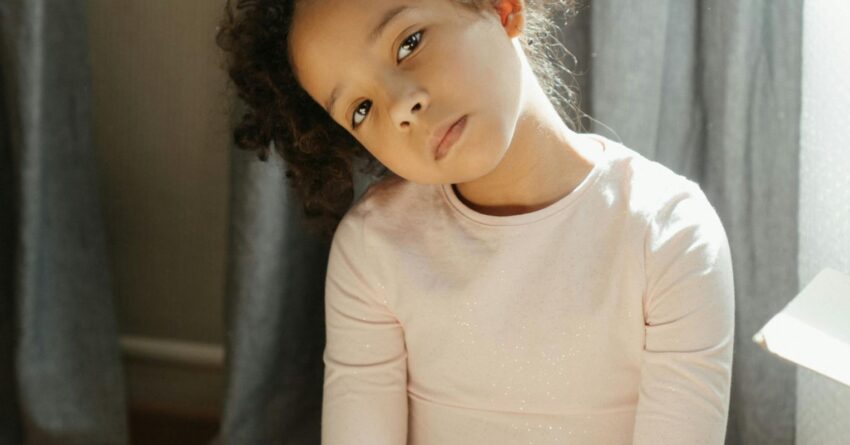Raising kids is a difficult, often thankless task, even when things go smoothly: Childhood is basically a constant state of change. The minute you get a handle on one behavior, your child is on to the next one with completely different milestones to meet. On top of the physical changes, there’s your child’s emotional functioning to worry about: All children get worried, sad, act out, or avoid things. How are parents supposed to know if you’re seeing things that are within a normative developmental range or a cause for concern?
Recognizing When “Just a Mood” Becomes Something More
When parents walk into my office, they’ll often tell one of two stories:
We saw the signs of this behavior early, but figured he would grow out of it. It’s five years later and we think we waited too long. Help us, please.
Or:
My kid doesn’t know how easy she has it. When I was her age, I had so much less, and I was fine. Here she is, struggling, probably because she hasn’t learned to deal with hard things like I have.
Both types of parents don’t know enough about what mental health and wellness looks like in children—and it’s no fault of their own. But if we want to solve a problem, we need to first identify it. We need to talk more about when behaviors become concerning, such as the difference between sadness and depression, or when anxiety needs treatment. We’re language-based creatures, and we often fall into the trap of believing that, because a child isn’t old enough to express themselves with words, they must not have the rich inner lives (and struggles) that adults do. That is patently untrue. Children don’t yet have the meta-cognitive abilities to talk about what is going on in their minds, but they can still suffer the consequences of an unhealthy relationship with their emotions.
Mental health is tricky because the borders between normal and pathological are fuzzy. Take anxiety, for example. Anxiety is a normal, adaptive response to threat that is good for us as humans. We look both ways before crossing the street because of a normal amount of anxiety about getting hit by cars, for example. We buy insurance because we worry about potentially terrible things that may happen, but probably won’t. At the same time, we can recognize that a teenager who avoids school and isolates in his room because of social worries has too much anxiety that keeps him from doing the things teenagers need to do—socializing with friends, achieving more independence, and attending school. This warning system that is meant to keep us safe is causing problems in his life, not alleviating them.
Very Concretely, These Are Behaviors That Concern Me as a Psychologist, and Warrant Immediate Attention at Any Age:
- Sadness lasting more than two weeks
- A change in level of social interest, increased isolation
- A child discussing or actively hurting themselves
- Any talk of death or suicide
- Harmful, out-of-control behavior
- Big changes in eating habits
- Weight loss
- Sleep changes (too much or too little)
- Somatic concerns like headaches or stomachaches frequently
- Doing poorly in school/changes in academic performance
- School avoidance
- Changes in attention or levels of concentration
If your child is exhibiting any of the signs on this list, talk to someone: Often, pediatricians are excellent first-line resources, and they may direct you to a mental health provider. If you aren’t familiar with the mental health system, this call might feel daunting. I encourage parents to consider coming in for a consultation the same way they might consult with a medical doctor on a physical health issue with their children: This is just what we need to do to keep our children safe.
If you or someone you love is contemplating suicide, seek help immediately. For help 24/7, dial 988 for the 988 Suicide & Crisis Lifeline, or reach out to the Crisis Text Line by texting TALK to 741741. To find a therapist near you, visit the Psychology Today Therapy Directory.
